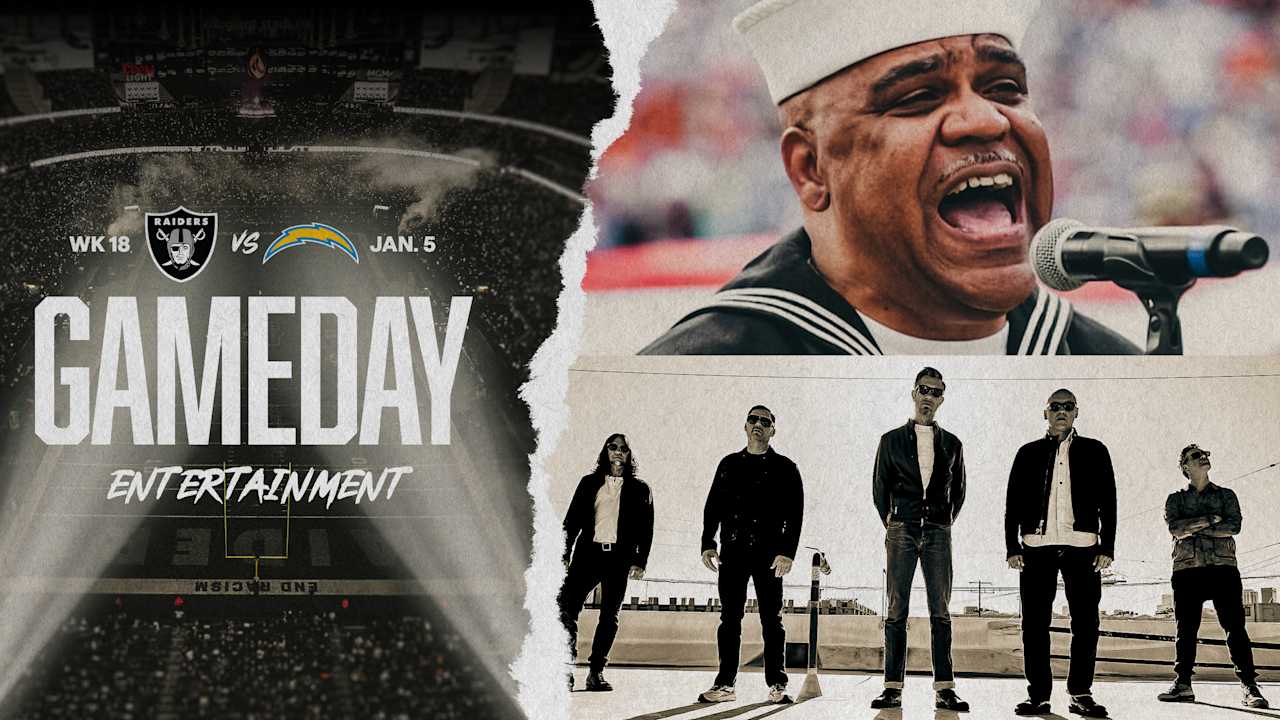Fashion
What fashion can learn from other industries’ supply chains
.jpg)
Sign up to receive the Vogue Business newsletter for the latest luxury news and insights, plus exclusive membership discounts. To become a Vogue Business Member and receive the Sustainability Edit newsletter, click here.
As large fashion companies have expanded their supply chains globally to cut costs, those chains have become both tangled and complex. But many industries have complex supply chains; the key difference is that the fashion industry has historically lacked regulation, so there’s been little incentive for companies to invest in the infrastructure to collect information about their complex supply chains.
“The fashion industry keeps saying it’s harder to [track the product’s life cycle through the supply chain] in fashion, and I think that’s an excuse,” says sustainability activist and expert Lindsay Dahl, who is currently chief impact officer at supplement company Ritual and previously held positions at Beautycounter and various consumer safety organisations. “The steps from the cotton field to finished products on shelves — these are processes that are just as complicated in other industries. Traceability is insanely hard and no one can get it perfectly right.”
Part of fashion’s problem is that brands typically don’t have strong relationships with suppliers. “There is inherent fragility in most fashion supply chains due to the culture of top-down governance, arms-length relationships and underfunding of procurement and sustainability,” says Donna Marshall, professor of supply chain management at University College Dublin.
When compared to other industries that typically exhibit stronger traceability practices than fashion, there were a handful of trends: first and foremost, others have more stringent traceability regulations than fashion and, as a result, have been practising traceability for a longer time. Those industries also have reasons for traceability beyond compliance, such as consumer safety and efficacy, both particularly important in the food and automotive industries. “To thrive in the future, in the face of competition, regulation and an increasingly disrupted world, fashion companies have to change their mindset from penalties, risk and compliance to relationships, trust and innovation,” Marshall says.
Here, we break down the traceability lessons that fashion can learn from other industries: food, transport, and beauty and wellness. Key takeaways include working collaboratively within the industry, building stronger relationships with suppliers (or applying degrees of vertical integration) and testing products for sustainability and safety metrics earlier in the production process.
Food
Food has typically seen stronger traceability than fashion because of consumer safety concerns. (It’s important to note that worker safety is still an issue, and labour exploitation across the food industry is on the rise.)









